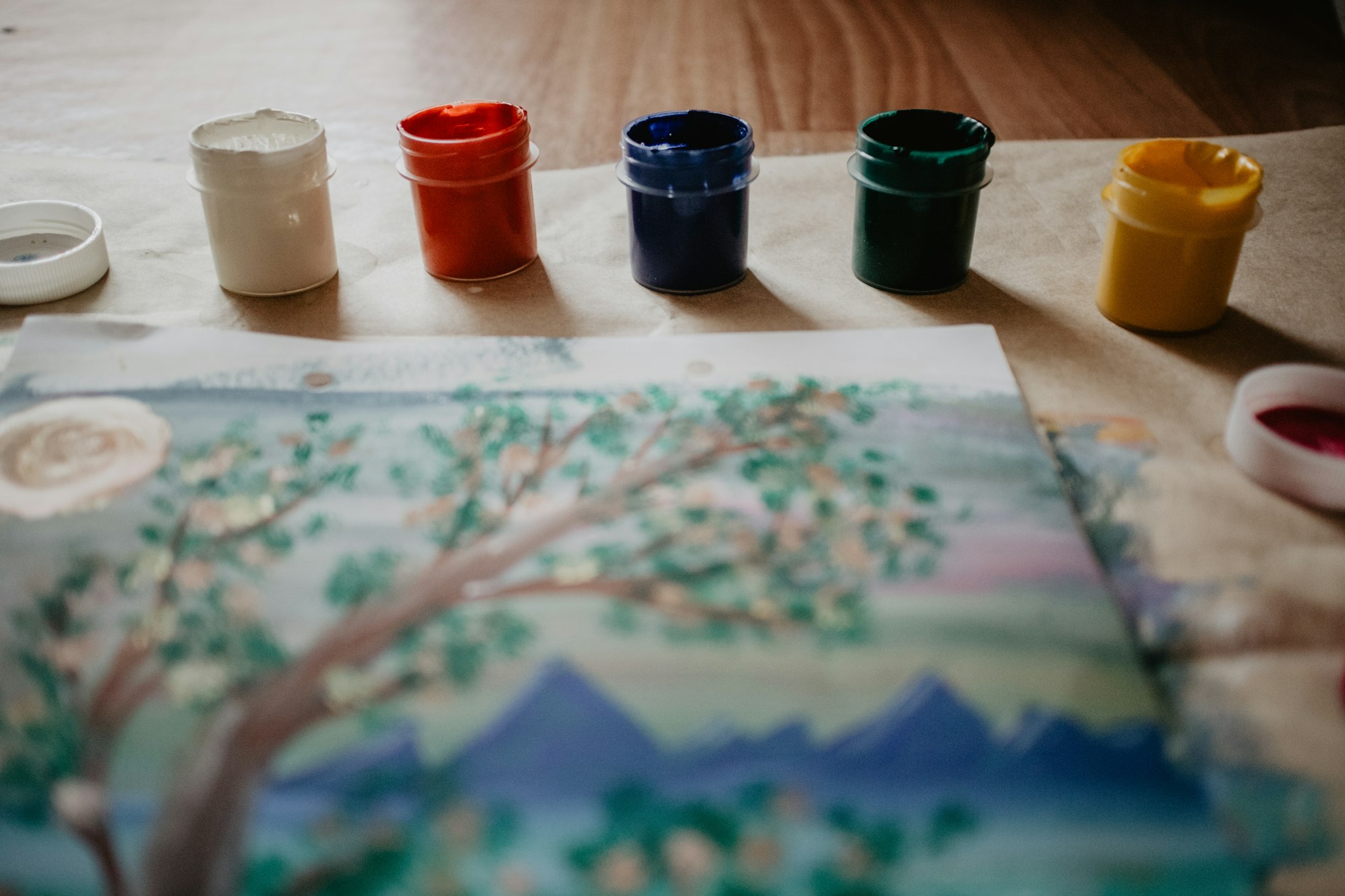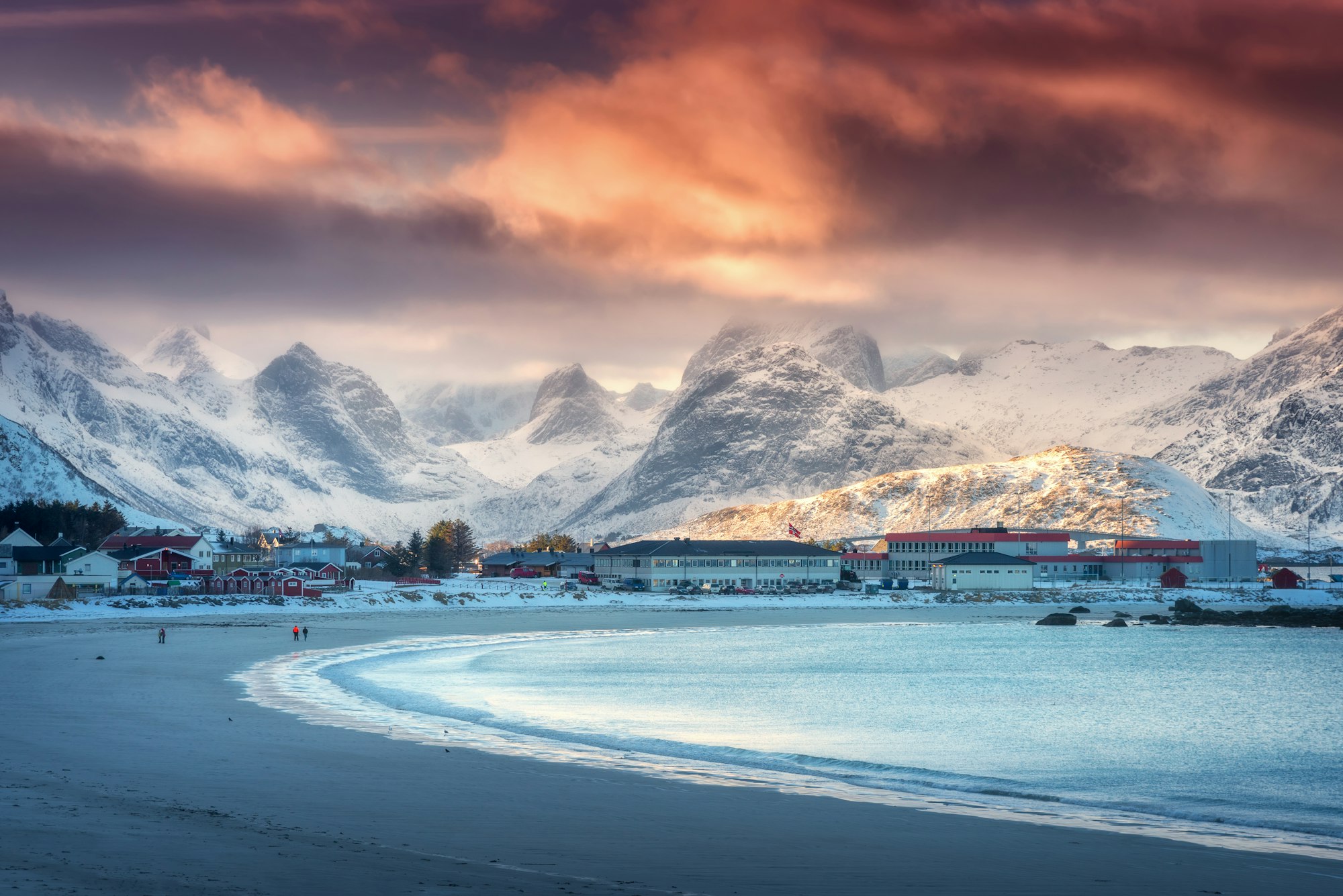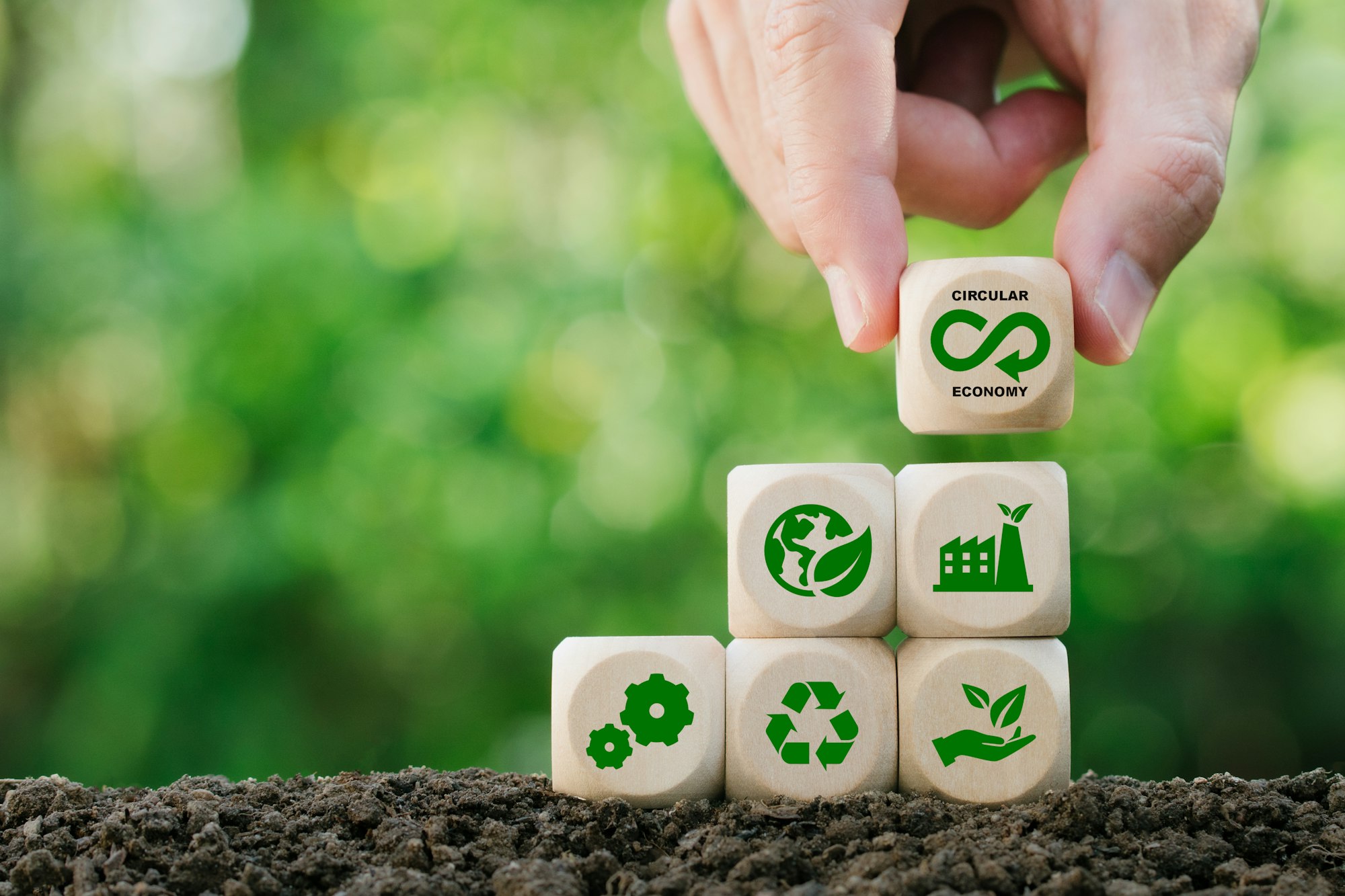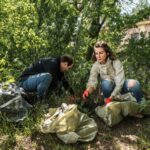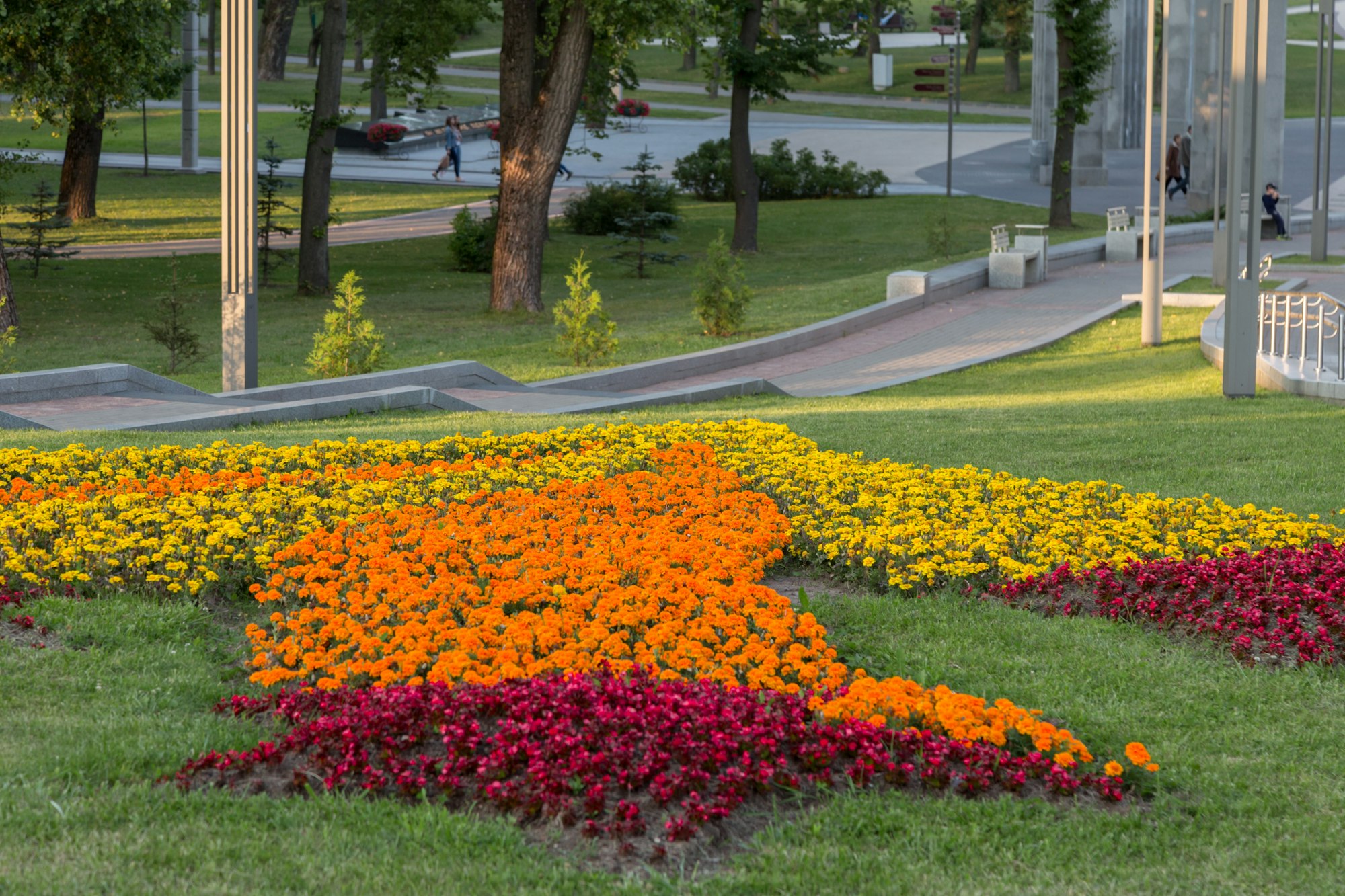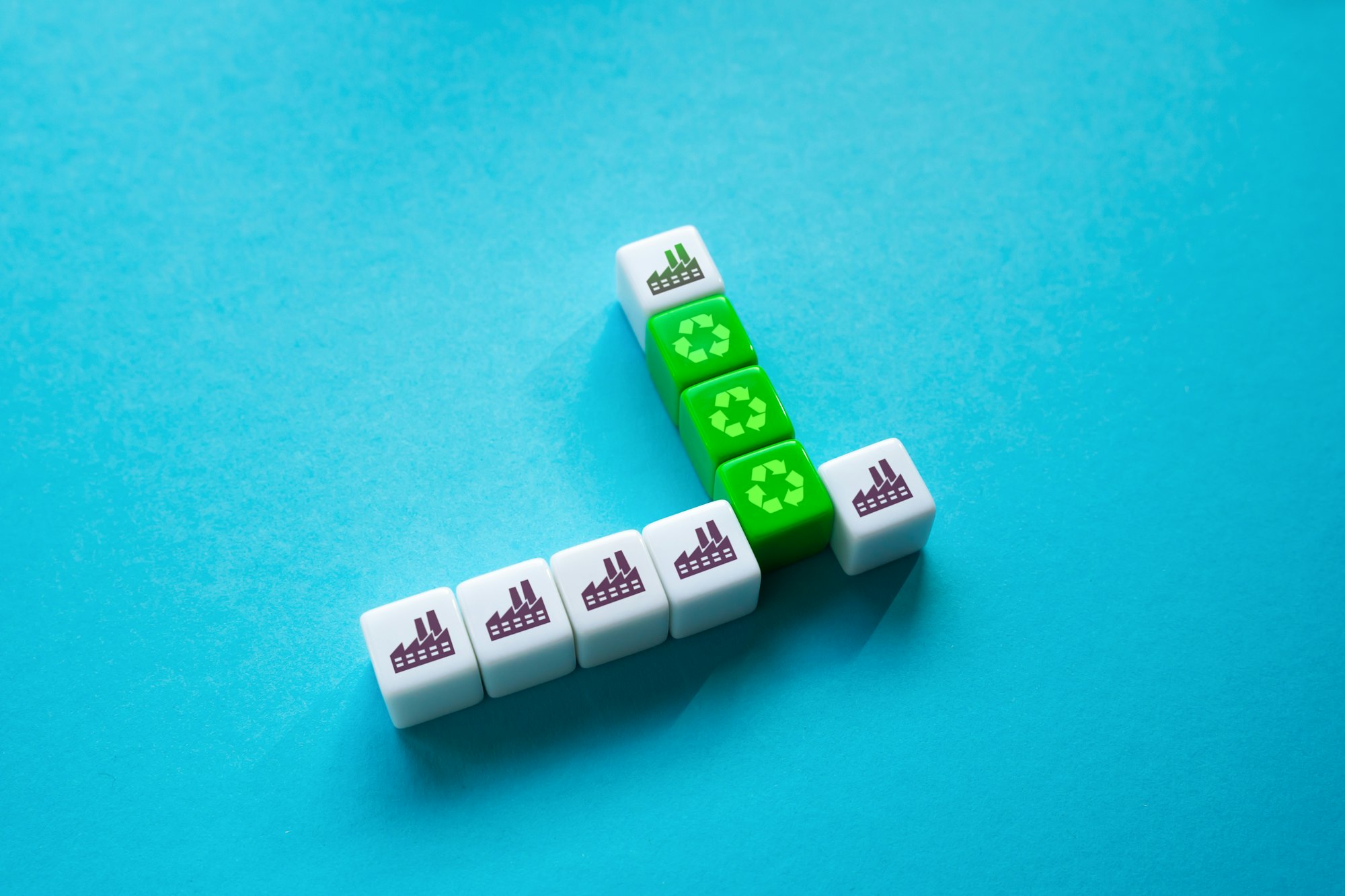In the traditional linear economy model, resources are extracted, used, and disposed of, resulting in significant waste generation and environmental degradation. However, the circular economy offers a more sustainable alternative by rethinking waste as a valuable resource and embracing principles of reuse, recycling, and regeneration. In this guide, we’ll explore the concept of the circular economy and the transformative potential it holds for creating a more sustainable future for our planet.
1. Reducing Resource Consumption
The circular economy aims to minimize resource consumption by designing products and systems that are durable, repairable, and recyclable. Instead of relying on finite resources, such as fossil fuels and raw materials, the circular economy promotes the use of renewable resources and materials that can be regenerated or reused indefinitely. By reducing resource extraction and consumption, we can minimize environmental degradation and conserve natural resources for future generations.
2. Reusing and Repairing Products
In the circular economy, products are designed with longevity and reparability in mind, allowing them to be reused and repaired rather than discarded after a single use. Embracing a culture of reuse and repair not only reduces waste but also extends the lifespan of products, saving resources and reducing the environmental impact of manufacturing and disposal. Repair cafes, community workshops, and online platforms for sharing and swapping goods are examples of initiatives that promote reuse and repair in the circular economy.
3. Recycling and Closing the Loop
Recycling plays a crucial role in the circular economy by allowing materials to be recovered and reintegrated into the production process, closing the loop and minimizing the need for virgin resources. Advanced recycling technologies and processes make it possible to recycle a wide range of materials, including plastics, metals, glass, and textiles, into new products and materials. By investing in recycling infrastructure and supporting innovation in recycling technologies, we can create a more circular and resource-efficient economy.
4. Embracing Biomimicry and Regenerative Design
Biomimicry and regenerative design principles are central to the circular economy, drawing inspiration from nature’s systems and processes to create sustainable solutions. Biomimicry involves mimicking nature’s designs and strategies to solve human challenges, while regenerative design aims to create systems that actively contribute to environmental regeneration and ecosystem health. By learning from nature’s wisdom and applying biomimetic and regenerative design principles, we can create products, buildings, and cities that are in harmony with the natural world.
5. Shifting Towards a Circular Business Model
Businesses play a critical role in driving the transition to a circular economy by rethinking their business models and practices. Adopting circular business models such as product-as-a-service, sharing platforms, and closed-loop supply chains can help businesses minimize waste, reduce costs, and create new revenue streams. Collaboration and partnerships between businesses, governments, and civil society are essential for accelerating the adoption of circular business models and scaling up circular solutions across industries.
Conclusion
The circular economy offers a transformative vision for a more sustainable and regenerative future, where waste is minimized, resources are conserved, and ecosystems thrive. By rethinking waste as a valuable resource and embracing principles of reuse, recycling, and regeneration, we can create a more resilient and equitable economy that benefits both people and the planet. As individuals, businesses, and governments, we all have a role to play in advancing the transition to a circular economy and building a more sustainable future for generations to come.


